#Lakonia
Explore tagged Tumblr posts
Text








Monemvasia, Lakonia en Greece 🇬🇷
📷 ✨ by Vasilis Chrisanthopoulos @billakosssss
#Monemvasia#lakonia#greece#greece trip#photography#travel#photoshoot#photooftheday#travelphotography#trip#grecia
124 notes
·
View notes
Text

M Y S T R A S
126 notes
·
View notes
Text





Monemvasia (2) (3) (4) (5) by solerab
Via Flickr:
(1) Limani Geraka in Lakonia, Greece, so called fjord of Lakonia. O Λιμένας Γέρακα, το φιορδ της Λακωνίας όπως τον αποκαλούν. (3) The byzantine church of Agia Sophia in the upper town (ano poli) of Monemvasia in Lakonia, Greece. Ο βυζαντινός ναός της Αγίας Σοφίας στην Άνω Πόλη της Μονεμβασιάς. (4) Firewall.
#coastal#mountains#waterfront#buildings#boats#fjord#churches#walls#fortifications#cats#greece#laconia#lakonia
21 notes
·
View notes
Text



#acodyssey#assassin's creed#assassin's creed odyssey#sparta#lakonia#ubisoft#photomode#gamingedit#virtual photography#gaming photography#pc gaming#pc share#camera tools
25 notes
·
View notes
Text
Pada akhirnya kita semua akan bernasib seperti ruang tunggu, di datangi hanya untuk ditinggalkan.
Dan pada akhirnya yang kita miliki adalah diri sendiri
#sun yi#sajaksajak#literasi#menulis puisi#sajakkata#kumpulan puisi#cerita#lakonia#menulis#art#writing dialogue#sajak hujan#catatan
25 notes
·
View notes
Text
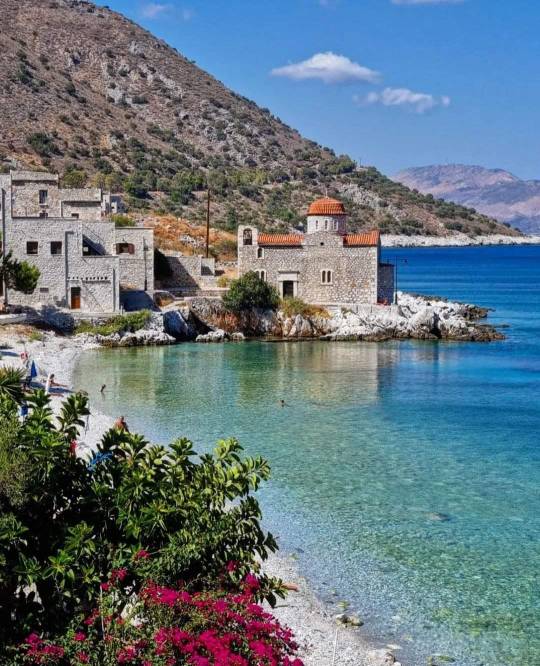
Kokkala Village, Lakonia
1 note
·
View note
Photo

Κάθε βράδυ ακριβώς στις 22.00 η Λακωνία ερωτεύεται με το πιο ερωτικό mix του ελληνικού ραδιοφώνου! @dj_piko @bestradiolakonia στους 103.9 !!! Εσύ ακόμα να συντονιστείς??? #lovemix #DJPiko #keepOnGroovin #lakonia #radio #live (at Best1039) https://www.instagram.com/p/Cp3K3y5MlxUXoYc5Q86yTriWTkQpcPtKgUFyNY0/?igshid=NGJjMDIxMWI=
0 notes
Text

giulia farnese, lucrezia borgia, caterina gonzaga
we are. figuring out looks. slowly but surely, we're figuring out looks.
⭐ places I’m at! bsky / pixiv / pillowfort /cohost / cara.app / insta / tip jar!
#italian reanissance tag#blghghghghhh there's just so many people all the time#anyway back to cycling between books on the later roman empire/akhenaten/sparta&lakonia#i should finish the sparta&lakonia book because i want to do a sword&sandals type of comic set during the peloponnesian war#however. you ever read three pages of something and realize you have no idea what someone is talking about#every day reading about lakonia is like that. oof. it's fun tho! but i am going to go back to working on illustration work with#kamen rider on or something.#drawing tag
264 notes
·
View notes
Text
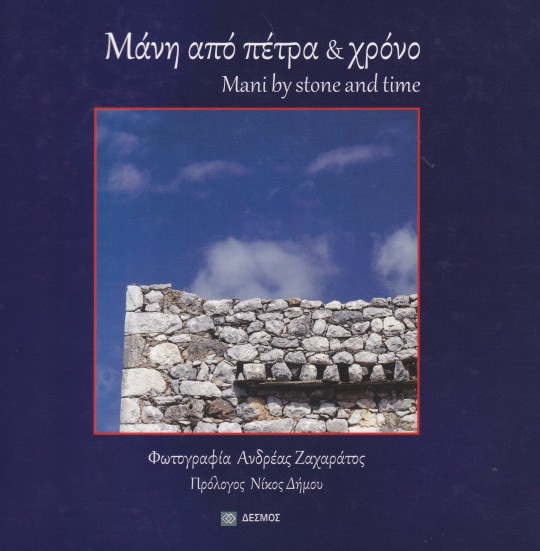
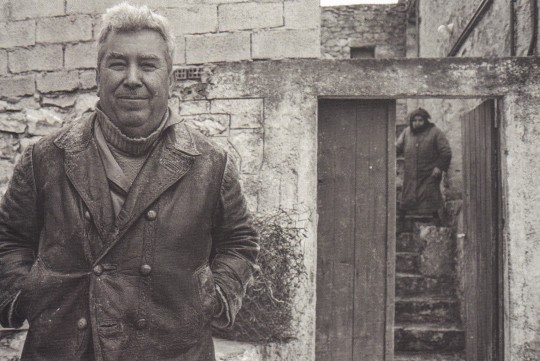
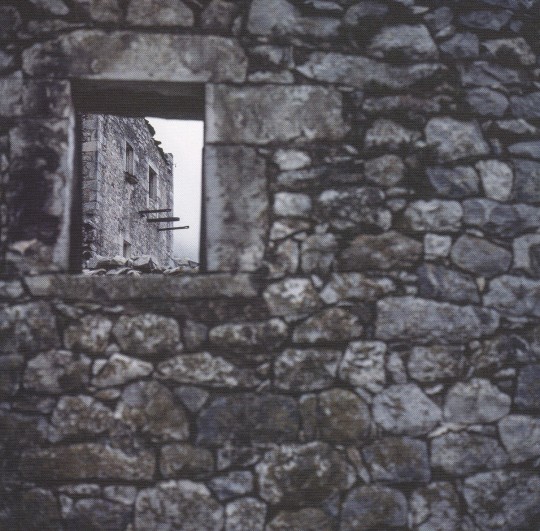
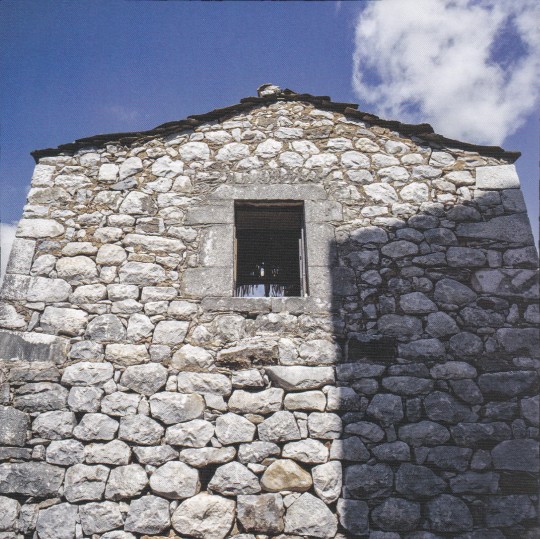
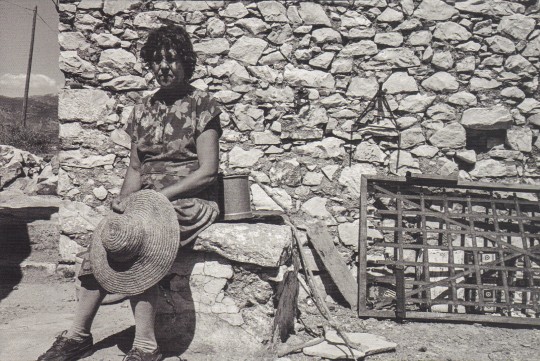
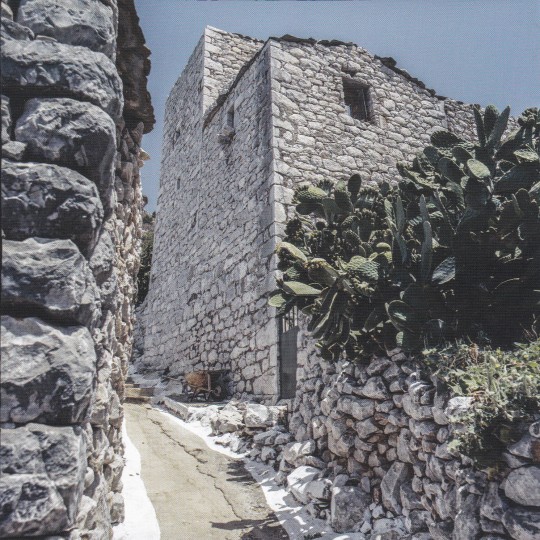




Mani by stone and time
Andreas Zacharatos
Introd. by Nikos Dimov
Desmos Publications, Athens 2014, 86 pages, 23,5x21,5cm, ISBN 978-618-5046-09-5
euro 40,00
email if you want to buy [email protected]
Taking pictures of Mani of Lakonia, this place seemed very familiar to me. Stone, hot sun, deserted towers, rustling silver olive leaves, strong wind. A forgotten place. Cruel, ascetical figures revealed to me from village to village, but also, bright, strong, generous, sculpted from stone, sun and sea salt. Figures that make you see the past, the present and the future. Unforgettable figures!
Born in Athens , in 1961, he studied photography and cinematography in the film school of Lykourgos Stavrakos in Athens, graduating with excellent grades in 1983. He has bees employed as Directory of Photography since 1983 in Cinema and Television. He has taught to state institutes of vocational training still photography, cinematography, camera operation, and lighting in television. He has a member of the Hellenic Photographic Society. Since 1983, he has made thirteen personal photography exhibitions. He has received prizes in photographic competitions in Greece and europe.
Mani si trova nella regione meridionale del Peleponneso, nell'estremità sud della penisola dei Balcani. Torri di pietra, castelli, abbondanti spazi archeologici, chiese bizantine, cave e canyons causano una forte impressione al visitatore. I villaggi di Mani mantengono la loro architetture tradizionale. Nascosti tra le montagne, belle e imponenti, attendono di raccontare la loro storia.
05/04/24
#Mani of Lakonia#Andreas Zacharatos#photography books#Aνδρέας Ζαχαράτος#Peleponneso#fashionbooksmilano
2 notes
·
View notes
Text
slutty for the way sun spills over the Taygetos mountainrange into the valley below all over again
#blah blah text post#lady replays asscreed odyssey#slutty for poppies dotting the grasslands also#Lakonia definitely is my favourite area in the whole game
8 notes
·
View notes
Text
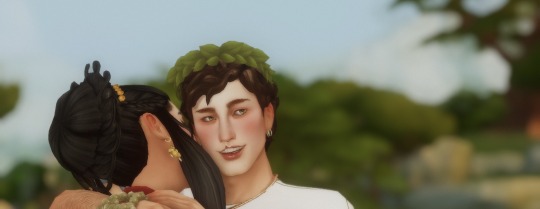






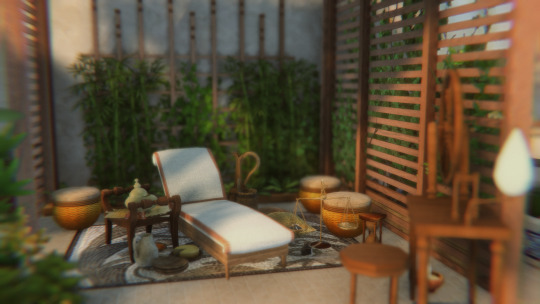


previous ➸ next | beginning
Oh dear, young, idiotic King Nikomachos II, son of Demosthenes of Mycenae. Or, rather some smaller provincial kingdom of north-western Lakonia, to rather generalise, from which his great Eurypontid house needed to expel him; with a reign that proves as just as trivial and hedonistic as he. Powdered in rouge as an effeminate leukochrōs, Nikomachos, deformed and ill-bred, possibly a bastard of helot whisper and beheld among five elder sisters, the boy’s kingship was a jest among all the Peloponnese behind closed doors. Yet, in his Kastro Koiláda Chalkou, the scrutiny of the Ekkelisa could not reach him and his whore-bride to be, Eurynome, for the luxury and the splendour of Dionysos and Demeter’s sweet ecstasy were irresistibly intoxicating. For who has time for leading trade routes and waring territory when the pig has only just been carved?
so, what is this? i actually am not sure yet, will it be gameplay, will it be story? we will find out at some point, but i just desperately wanted to play with the late bronze age because as an ancient history and linguistics major, it is my duty. i have always been deeply in love with my hellenistic greco-roman history and thought it would be quite fun to delve into a period i am not as familiar with with the Mycenaeans, to see what i can learn. also considering the beautifully accurate amount of cc clothing for this era, particularly by @clepysdra which i feel the classical age is lacking in among historical cc compared to the bronze age. BUT in speaking of accuracy, those that noticed i referenced the Eurypontid house of the diarchic Spartans, the Ekkelisa and the names of my sims themselves, for the sake of my own enjoyment, i WILL be snatching names for funsies with no relation to their historical origin, but i do want to try my best to make this accurate to Mycenaean culture/dress/relgion, etc. but i am still learning about this fascinating time. i also want to give the BIGGEST praise and thank you to @kyriat-sims for her absolutely beautiful early civilisation save that she’s created, as well as the build featured in this post (which you can find HERE and HERE) as although i tweaked the interior to my manic over-cluttered taste, the castle shell itself is done by her and it’s so brilliant <3
#cardamon#the delusions have got to me again#now you may have noticed my ultimate decades challenge has disappeared#and i don’t know what to tell ya#sometimes i just get struck with new inspiration and the adhd tells me to make it happen now#so now we’re here#hopefully i can make something out of it#:D#ts4#the sims 4#ts4 historical#ts4 legacy#ts4 early civilisation#ts4 greece#eurynome#nikomachos#ts4 ancient greek#leukochrōs#the ancient greek feminisation of the male face by painting it white
91 notes
·
View notes
Note
I would love to hear your opinions about ancient currency! And any recommendations you have for learning more about the Roman economy!
oh boy i am SO glad you asked! I'm going to put everything under a readmore because it's a Lot.
I have a few opinions on Greek coinage, specifically that of the introduction of coinage to Athens, though I'm working on a proposal for studying Spartan coinage rn.
Current publications re:Athens haven't really determined For Sure who introduced coins; it's a toss-up between Solon and Pisistratus but I'm in the Pisistratus camp for reasons that I can absolutely summarize in a separate post, as I've written and published a paper in my undergrad journal that (hopefully) holds weight in the current hodgepodge of thoughts. If you'd like that, I can write it up and link it here!
Re:Spartan coinage, I think the Spartan homoioi were real idiots. Most city-states were using silver (and very occasionally gold) for their coins, but Spartan homoioi were using iron spits. The spits (obeloi) were six to a drachma, which was the exchange rate for a long time. And by long time I mean there was no such thing as a floating conversion, coins were just the most portable form of precious metal, which was intrinsically valued. Outside Sparta (even the perioikoi) most city-states would have used ingots pre-coinage and that evolved into stamped metal, i.e. coinage. The Spartans considered themselves to be very religious and followed the Great Rhetra (unsure if Lykourgos existed), which maintained that silver and gold were holy and could not be used, so they used iron.
Unfortunately, the rest of Greece didn't follow that, and used silver in their coins, especially influenced by Attic-Ionian city-states who were in regular trade with Persia and further east, i.e. regions that valued precious metal outside their religious significance. Essentially, Spartans kinda screwed themselves over re:trade outside Sparta; they couldn't even trade in contemporary currency with the rest of Lakonia and forced their subject city-states into the same position. This is supported mostly by the explosion of Messenian and other Lakonian coinages after Sparta collapsed, though I want to see if I can find more text evidence, since I (an archaeologist) tend to rely too heavily on material. It's a whole thing, personally I believe this was a significant factor in Sparta's collapse, though other things factored in as well. Sparta was incredibly insular both in its trade/economy and religious practice and that combination led to its downfall.
For the Roman sources, I recommend starting with the Cambridge Companion to the Roman Economy by Walter Scheidel, and The Ancient Economy by Walter Scheidel and Sitta von Reden. Von Reden has excellent articles related to the ancient economy in general, and most are available on JSTOR, so I recommend giving her stuff a look.
I also highly recommend reading Moses Finley's work The Ancient Economy (no relation to Scheidel and Von Reden's work), as it lays the foundation for much of our current school of thought. Peter Temin's subsequent work, The Roman Market Economy argues against Finley and kicks off a whole debate about how to define an economy without using capitalism as the basis, because capitalism as we know and define it did not exist then, and it is incorrect to assume that. We can call it protocapitalist, but not capitalist.
Slavery in Rome is a nuanced subject that is integral to learning about its economy — I suggest keeping an open mind and treading carefully with respect to post-1492 slave trades. Noel Lenski's chapter "Framing the Question" (linked; you need access through your institution) discusses the slave trade against a Finleyan model, while Scheidel (him again) talks about how to determine the wages of slaves (JSTOR link). W. V. Harris talks about the demography and geography of slaves here (JSTOR link). These three are good starts for learning about Roman slavery, but if you want more sources, I can pull some up for you.
I don't want to overload you with sources, so in general I'll recommend anything by Scheidel, Von Reden, Nicholas Purcell and Peregrine Horden (connectivity), Seth Bernard (coins and emissions), Astrid Van Oyen (tech innovation), and Willem Jongman (economic structure). As with the slavery sources, if you want direct links I can definitely find them for you! I'm always happy to share info :)
70 notes
·
View notes
Text
Writing Notes: Greek Vases
For the ancient Greeks, vases were mostly functional objects made to be used, not just admired.
They used ceramic vessels in every aspect of their daily lives: for storage, carrying, mixing, serving, and drinking, and as cosmetic and perfume containers.
Elaborately formed and decorated, vases were considered worthy gifts for dedication to the gods.
Every community produced utilitarian pottery, but only a few main centers created fine decorated pieces.
Distinct regional styles of pottery emerged in the Archaic (700–480 B.C.) and Classical (480–323 B.C.) periods from Corinth, Lakonia, Ionia, South Italy, and especially Athens.
The skills of potting and painting were often handed down from father to son.
Signatures on vases suggest that many potters and painters did not have high status, and some may even have been slaves.
The creation of pottery was laborious, dirty work that generally took place outside the city limits because of the space needed to make the vases and the thick smoke produced by the kilns.
AMPHORA

An amphora is a two-handled storage jar that held oil, wine, milk, or grain.
Amphora was also the term for a unit of measure.
Amphoras were sometimes used as grave markers or as containers for funeral offerings or human remains.
HYDRIA


A hydria was a Greek or Etruscan vessel for carrying water.
Made of bronze or pottery, a hydria has three handles: two for carrying and one for pouring.
The photo above on the right shows the third handle from a side view.
LEKYTHOS

A lekythos is a tall flask that held precious oil and was used in funerary rituals.
The vessels were then left on graves or buried with the deceased.
Writing Notes & References
#writing notes#greek vase#art#history#writeblr#writers on tumblr#writing prompt#poets on tumblr#literature#spilled ink#poetry#creative writing#writing reference#art reference#art resources#worldbuilding#details#writing resources
43 notes
·
View notes
Text


#acodyssey#assassin's creed#assassin's creed odyssey#sparta#lakonia#ubisoft#gamingedit#photomode#virtual photography#gaming photography#camera tools
23 notes
·
View notes
Text
Lalu ke siapa kau kini bercerita? atau kau memilih memendamnya, berlaku biasa saja, membiarkan berlalu di telan waktu yang entah kapan terjadinya.
#sun yi#sajaksajak#literasi#menulis puisi#sajakkata#kumpulan puisi#cerita#lakonia#menulis#writing dialogue#puisi
2 notes
·
View notes
Photo




viewpoints in assassin's creed: odyssey » lakonia
132 notes
·
View notes